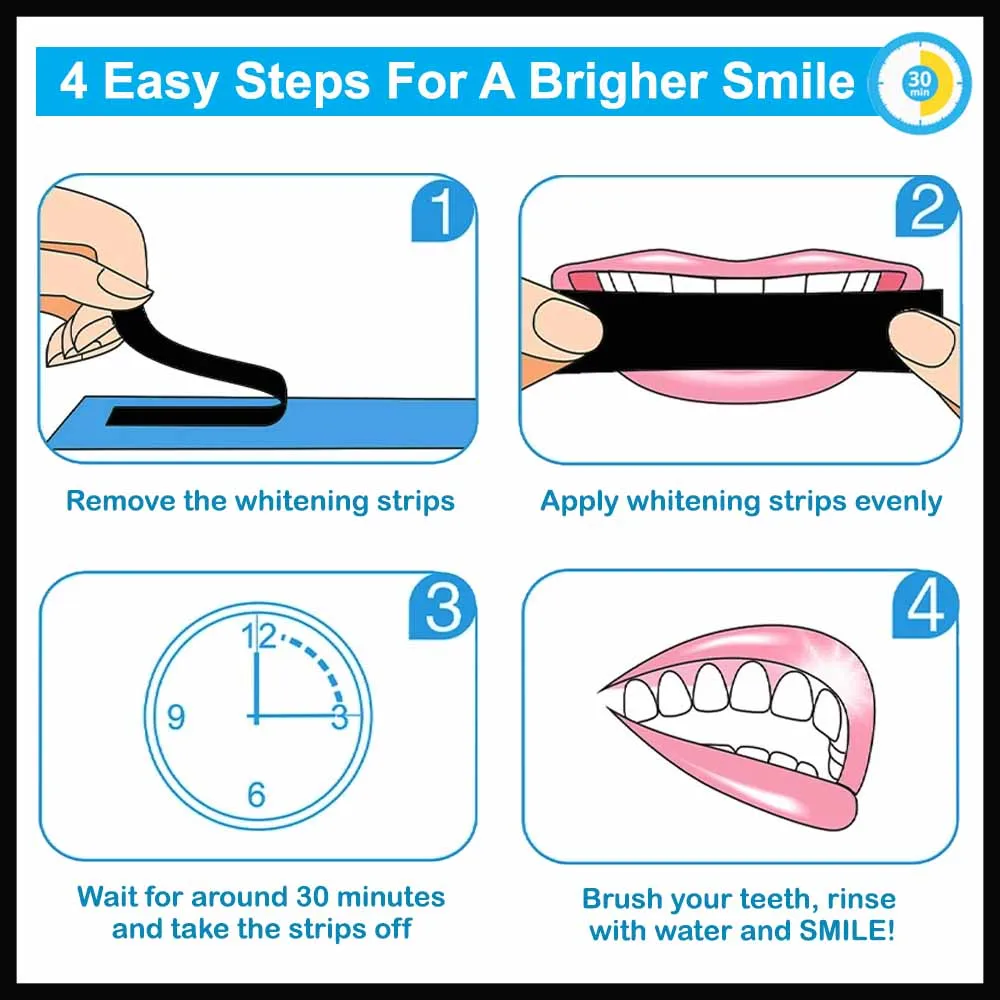Whitening Strips vs Charcoal Understanding the Basics
The quest for a brighter smile often leads individuals to explore various teeth whitening options. Among the most popular choices are whitening strips and activated charcoal. Both methods promise to enhance the appearance of your teeth, but they operate through different mechanisms and come with distinct advantages and disadvantages. Understanding these fundamental differences is crucial before making a decision. This article aims to provide a comprehensive comparison of whitening strips and charcoal, helping you make an informed choice based on your specific needs and preferences. We will delve into the science behind each method, examine their effectiveness and safety, and assess their cost-effectiveness to guide you in achieving your desired smile.
What are Whitening Strips
Whitening strips are thin, flexible strips coated with a peroxide-based whitening agent, typically hydrogen peroxide or carbamide peroxide. These strips are designed to be applied directly to the teeth, adhering to the enamel surface and delivering the whitening agent. The peroxide penetrates the enamel, breaking down stains and discoloration. They are a popular choice because they are relatively easy to use, readily available over-the-counter, and offer noticeable results within a few weeks. The concentration of peroxide varies depending on the product, influencing the speed and intensity of the whitening effect. Proper application is key to ensure even coverage and prevent any irritation to the gums.
How Whitening Strips Work
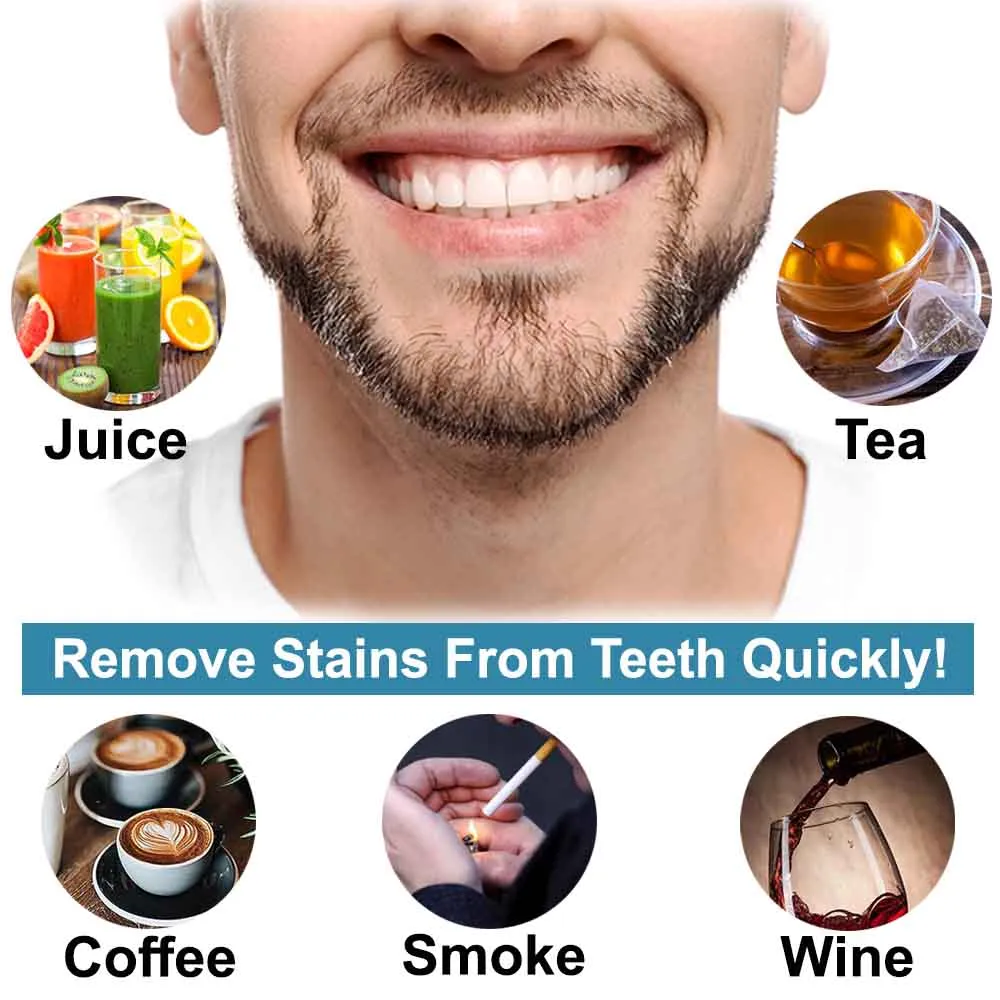
The effectiveness of whitening strips lies in their active ingredient peroxide. When the strip is placed on the teeth, the peroxide reacts with the stained molecules within the enamel. This reaction breaks down the stains, making the teeth appear whiter. The duration of use, the concentration of peroxide, and the frequency of application are all factors that influence the degree of whitening achieved. Most whitening strips recommend a daily application for a specific duration, usually around 30 minutes, for several weeks. The results can vary based on the individual’s initial tooth shade and the type and severity of stains present. Consistent use, as directed, is key to maximizing the whitening effects and achieving the desired results. (image: whitening-strips-packaging.webp)
Pros and Cons of Whitening Strips
Whitening strips offer several advantages. They are generally easy to use, providing a convenient at-home whitening solution. They are widely available in most drugstores and supermarkets, making them readily accessible. Whitening strips can provide noticeable results within a relatively short period. However, they also have some drawbacks. Some users experience tooth sensitivity or gum irritation due to the peroxide concentration. The effectiveness can vary depending on the type and severity of stains. Uneven application can lead to uneven whitening. In some cases, the strips may not fit perfectly, especially for individuals with irregular teeth, which can affect the coverage and results.
What is Activated Charcoal
Activated charcoal is a form of carbon that has been processed to increase its porosity, which enhances its ability to absorb substances. It is not the same as the charcoal used for grilling. When used for teeth whitening, activated charcoal works by binding to stains and debris on the teeth’s surface, effectively removing them. It’s often marketed as a natural alternative to peroxide-based whitening products. Activated charcoal is typically found in powder form or as an ingredient in toothpaste and is applied to the teeth via a toothbrush. The absorbent properties of the charcoal are believed to help lift away stains and impurities, leading to a brighter appearance of teeth. (image: charcoal-powder.webp)
How Activated Charcoal Works for Teeth Whitening
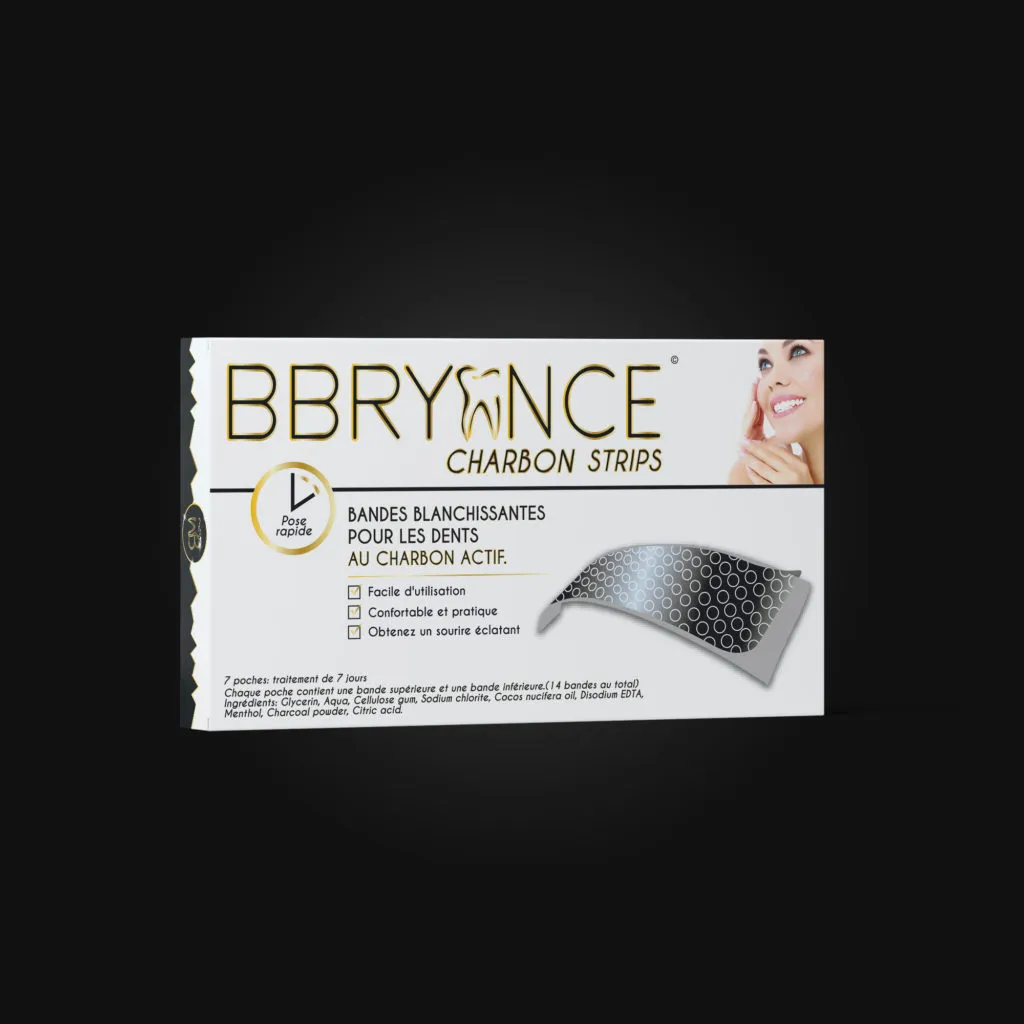
The mechanism behind activated charcoal’s whitening effect is primarily based on its absorptive properties. The porous structure of activated charcoal attracts and binds to the stain molecules present on the surface of the teeth. By brushing with activated charcoal, these stains, along with other debris, are gently removed. However, it’s important to note that activated charcoal doesn’t chemically alter the tooth enamel like peroxide-based whiteners. Instead, it works by physical removal. The effectiveness can depend on the type and origin of the stains. Surface stains caused by coffee, tea, or tobacco may be more readily removed compared to deeper, intrinsic stains. Regular use is often recommended to maintain results, but it is necessary to use gentle brushing techniques to prevent damage to the enamel.
Pros and Cons of Activated Charcoal
Activated charcoal offers some appealing benefits. It is often considered a natural alternative for teeth whitening, which appeals to those seeking chemical-free options. It is generally less expensive than professional whitening treatments or even over-the-counter whitening strips. It can be effective in removing surface stains, leading to a brighter smile. There are also some cons to consider. The evidence supporting the effectiveness of activated charcoal is limited compared to other whitening methods. It can be abrasive and may potentially damage the tooth enamel if used aggressively. Stains may not be completely eliminated, especially deeper stains. There is also the risk of mess and staining, as the black powder can be difficult to handle and clean.
Whitening Strips vs Charcoal Effectiveness Comparison
When comparing the effectiveness of whitening strips and charcoal, it’s essential to consider the underlying mechanisms and the scientific evidence supporting each method. Whitening strips, containing peroxide, have a proven track record of effectively whitening teeth by chemically altering the enamel. The strength of the peroxide and the duration of use influence the results, with many users experiencing significant improvements in tooth shade. In contrast, while activated charcoal can remove surface stains, it doesn’t chemically alter the teeth. The degree of whitening achievable is often less dramatic compared to whitening strips. The effectiveness often depends on the type of stains and the frequency of use. Whitening strips tend to be more effective for a broader range of stains and offer more predictable results. (image: whitening-strips-results.webp)
Whitening Strips Effectiveness
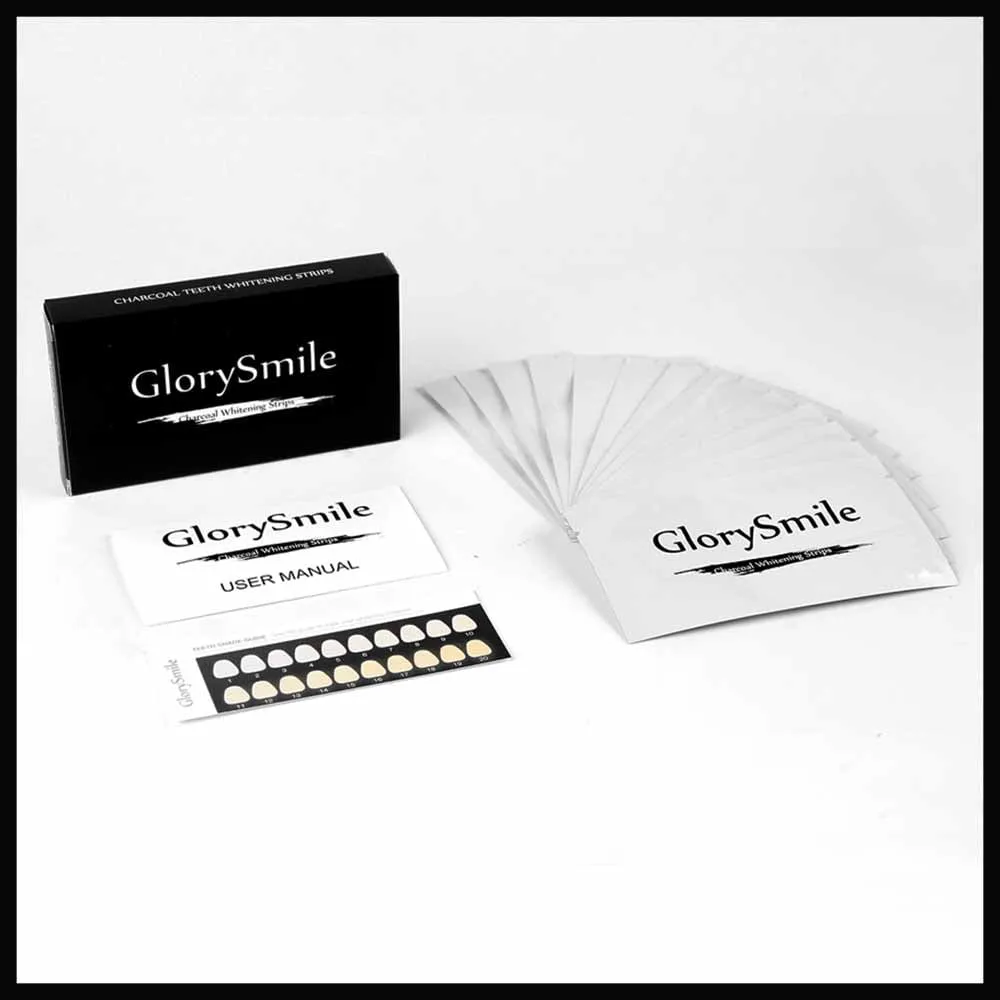
Whitening strips, with their peroxide-based formulation, have a scientifically established mechanism for teeth whitening. The peroxide penetrates the enamel, breaking down the stained molecules and lightening the teeth. Clinical trials and studies have shown that whitening strips can produce noticeable results, with improvements in tooth shade often observed within a few weeks of consistent use. The concentration of peroxide used in the strips can vary, affecting the speed and intensity of the whitening process. Higher concentrations typically lead to faster results but may also increase the risk of sensitivity. The effectiveness is also affected by the length of time the strips are applied. (image: whitening-strips-results.webp)
Activated Charcoal Effectiveness
Activated charcoal’s effectiveness is primarily based on its absorptive properties, targeting surface stains rather than altering the intrinsic color of the teeth. While activated charcoal can remove surface stains caused by coffee, tea, and other substances, the evidence supporting its effectiveness is less robust than that for whitening strips. Some individuals report a brightening effect, but these results are often subjective and may not be as dramatic as those achieved with peroxide-based treatments. The effectiveness also depends on the type and the source of stains. It is not as effective on deeper stains. (image: charcoal-teeth-before-after.webp)
Whitening Strips vs Charcoal Safety Concerns
Both whitening strips and activated charcoal have safety considerations. Whitening strips, while effective, may cause temporary tooth sensitivity or gum irritation, particularly for those with pre-existing sensitivity issues. These side effects are generally mild and resolve when treatment is stopped or when using a desensitizing toothpaste. The concentration of peroxide in the strips can influence the likelihood of these side effects. Activated charcoal, on the other hand, has its own safety concerns. The abrasive nature of charcoal can potentially damage tooth enamel if used aggressively or frequently. The lack of scientific evidence supporting its efficacy also raises questions about its long-term safety and impact on oral health. (image: teeth-sensitivity.webp)
Whitening Strips Safety

The safety of whitening strips primarily revolves around the concentration of peroxide and the individual’s sensitivity. Higher concentrations of peroxide can lead to a greater risk of sensitivity and irritation. It’s essential to follow the instructions provided by the manufacturer carefully, including the duration of application and the frequency of use. People with sensitive teeth or gum issues should consult a dentist before using whitening strips. Some studies suggest that whitening strips are safe when used as directed, with any side effects typically being temporary and reversible. It is recommended to discontinue use if significant irritation or sensitivity occurs. It is also recommended to use a fluoride toothpaste during and after use. (image: teeth-sensitivity.webp)
Activated Charcoal Safety
The safety of activated charcoal is a subject of debate due to its abrasive nature. Aggressive brushing with charcoal can erode the enamel, leading to increased sensitivity and potential long-term damage. The lack of scientific evidence supporting its efficacy also raises concerns about its overall impact on oral health. Dentists often caution against the frequent use of activated charcoal due to the potential risks of enamel abrasion. Choosing a charcoal product with fine particles and using a gentle brushing technique is recommended if opting for this method. It is also essential to ensure that all charcoal is thoroughly rinsed out to prevent any residual black stain. It is recommended to consult with your dentist before use.
Whitening Strips vs Charcoal Cost Analysis
The cost of teeth whitening is a significant factor for many individuals. Whitening strips are generally more affordable compared to professional teeth whitening treatments. The price varies depending on the brand and the concentration of the whitening agent. Prices can range from $20 to $60 or more for a complete treatment. Activated charcoal is typically a more budget-friendly option, with a small container or a tube of charcoal toothpaste often costing less than $15. The cost-effectiveness of each method depends on the desired results and the frequency of use. Whitening strips may offer a better value for money if you’re looking for noticeable results. However, if your primary goal is surface stain removal and you are on a tight budget, activated charcoal may be a suitable option. (image: whitening-strips-cost.webp)
Whitening Strips Cost
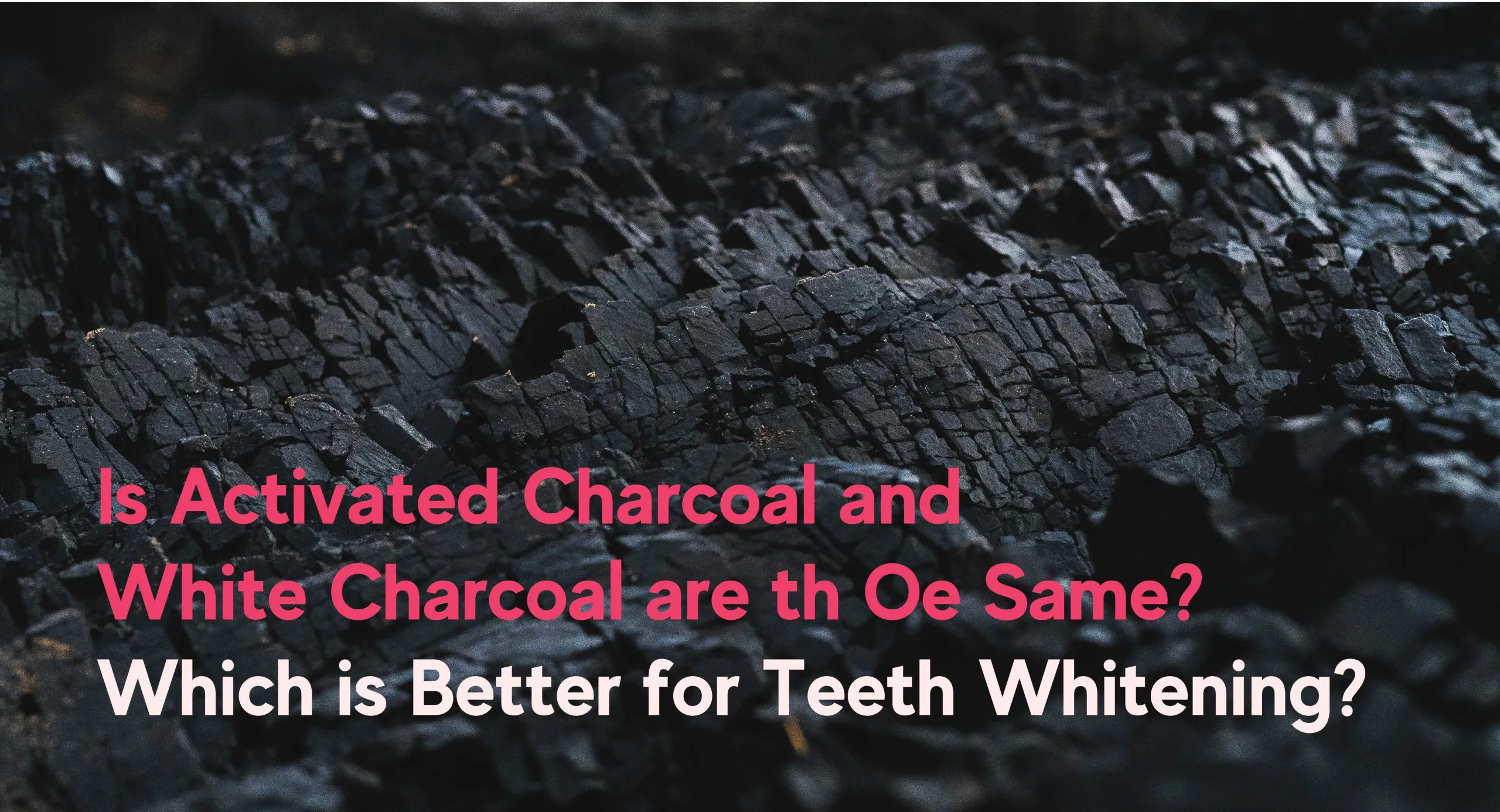
The cost of whitening strips varies depending on the brand, the concentration of the whitening agent, and the number of strips included in the package. Generally, you can find a box of whitening strips for $20 to $60 or more. The price can also be influenced by special features, such as those that provide extra whitening power or those designed for sensitive teeth. It is also important to consider that the price per treatment will vary with the duration and the frequency of application. When assessing the cost, consider the potential need to purchase multiple boxes to achieve the desired level of whitening. You may also want to consider the long-term costs, such as the price of using desensitizing toothpaste. (image: whitening-strips-cost.webp)
Activated Charcoal Cost
Activated charcoal is generally the less expensive teeth whitening option. A small container of activated charcoal powder or a tube of charcoal toothpaste typically costs less than $15. The affordability makes it an attractive option for individuals on a tight budget. The quantity of charcoal required for each brushing is minimal, meaning that the product can last for a while, making it more cost-effective. You should also factor in the cost of other supplies, such as a new toothbrush. However, remember that price should not be the only factor to consider, as the effectiveness and safety of the product are also extremely important.
Whitening Strips vs Charcoal Choosing the Right Option
The best choice between whitening strips and activated charcoal depends on several factors, including your whitening goals, budget, oral health, and personal preferences. If you are looking for effective teeth whitening with noticeable results and are willing to spend a little more money, whitening strips are a good option. If you prioritize a natural approach and want to remove surface stains, activated charcoal may be a better choice. It’s essential to consider the potential risks and benefits of both methods and, if possible, consult your dentist to determine the most suitable option for you. You must assess your sensitivity, the origin of the stains, and the importance of long-term oral health. (image: choosing-whitening-method.webp)
Factors to Consider for Whitening Strips
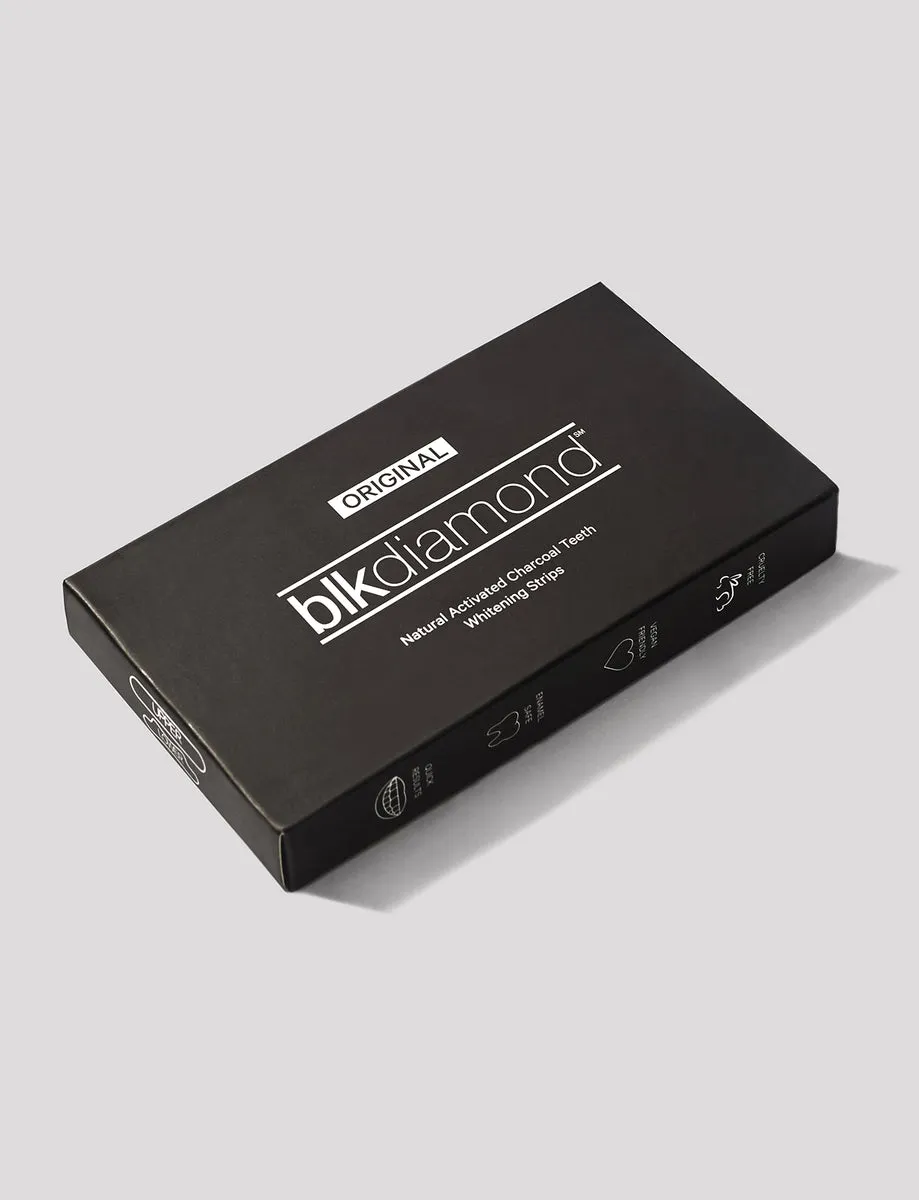
When considering whitening strips, carefully assess your sensitivity to peroxide. If you have sensitive teeth, you may prefer strips designed for sensitive teeth or consult your dentist. Determine your whitening goals and the degree of whitening you desire. Be prepared to follow the instructions carefully, ensuring consistent use for the recommended duration. Consider your budget and compare the cost of different brands and formulations. Consult with your dentist to address any oral health concerns before using whitening strips. If you have fillings, crowns, or other dental work, understand that whitening strips may not whiten these restorations, and you may end up with uneven teeth. Make sure the strips are a good fit and can be used properly.
Factors to Consider for Activated Charcoal
When choosing activated charcoal, prioritize products with fine particles and a gentle brushing technique to minimize abrasion. Be prepared to handle the mess and potential staining. Manage your expectations, as activated charcoal primarily targets surface stains. Discuss the use of activated charcoal with your dentist, especially if you have concerns about enamel wear or have sensitive teeth. Consider any pre-existing oral health conditions, and make sure that activated charcoal is suitable for your individual needs. Be sure to research the product’s ingredients and ingredients. Also, make sure the product is of high quality. Ask your dentist for additional recommendations.
Whitening Strips vs Charcoal Final Verdict
In the battle of whitening strips versus charcoal, whitening strips generally offer a more effective and predictable teeth whitening solution due to their use of peroxide, which chemically alters the enamel. Activated charcoal may be effective for removing surface stains. However, the degree of whitening is often less dramatic, and the potential for enamel abrasion requires caution. For those seeking noticeable and long-lasting results, whitening strips are the more suitable choice. For those prioritizing a natural approach and cost-effectiveness, charcoal might be an option. Whatever option is selected, it’s important to consult with a dentist to ensure it aligns with your oral health needs and overall wellness. Regular dental check-ups and professional guidance are always the best ways to achieve and maintain a bright, healthy smile.
